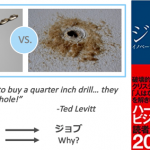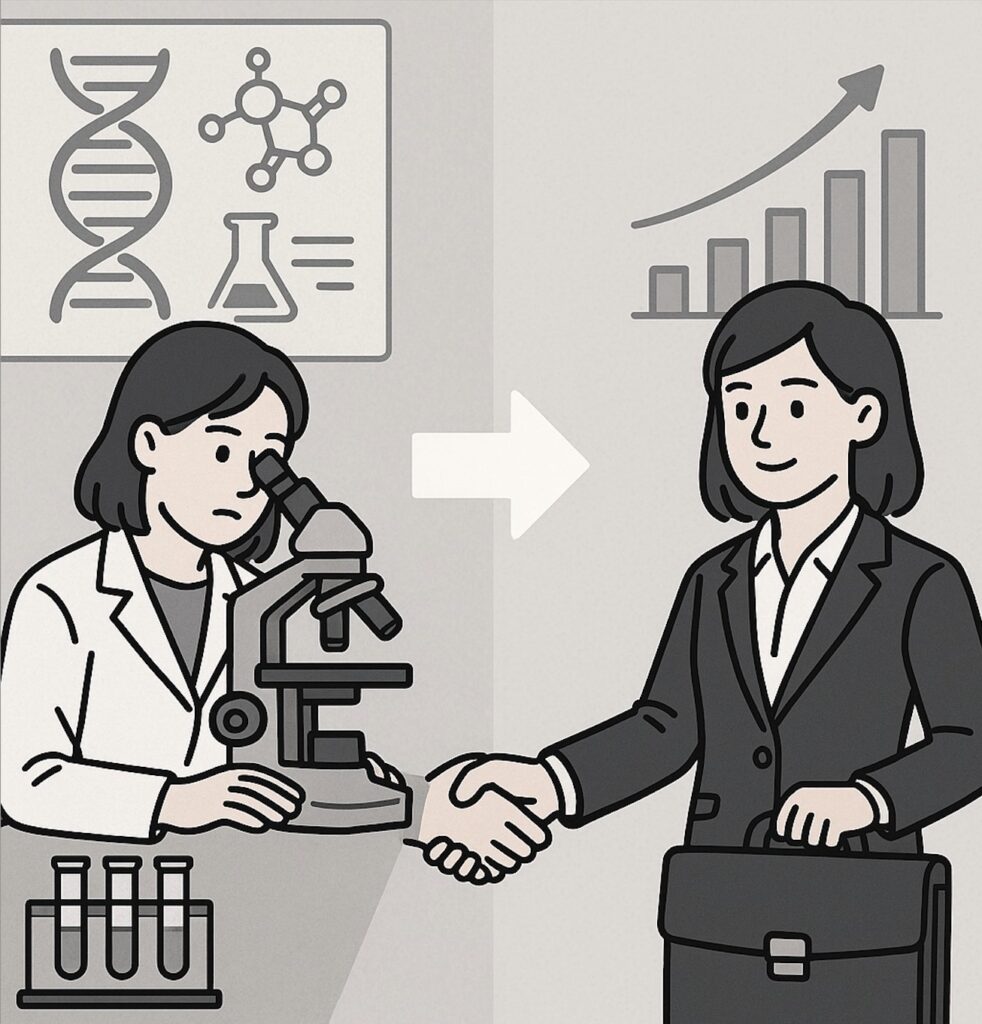The use of visuals to represent
data isn’t a new idea. It’s been around since the dawn of human civilization.
Hieroglyphics from ancient Egypt could even be considered the world’s first
infographics! In a more modern context, the English engineer Harry Beck could perhaps be
credited with first introducing data visualization to the public when he
created the London Underground Tube map in 1931. Since then, the use of charts,
graphics and other data visualizations has entered the mainstream – but has now
become almost ubiquitous when it comes to consuming data thanks to the rise of
social media platforms. Modern methods of data visualization come in a multitude of
forms, from mindmaps and heatmaps to infographics and interactive timelines.
Choosing the right format is often the key to achieving the twin aims of
communication and data analysis.
According to Neil
Fleming’s popular theory of learning styles, people are divided into “aural”,
“visual” and “kinesthetic” learners. The vast majority of people (between
60-65%) learn better through visuals, using visual sensors to process
information cognitively. More
specifically, though, everyone learns
visually because we take in the most information through our eyes, and at a faster
rate, too. The evidence of the effectiveness of graphics or visualization over
more traditional communication is everywhere. Studies show that presentations
with visual aids are 43% more
persuasive that unaided ones. Graphic
warning labels on tobacco products worldwide have been shown to be more
effective deterrents than typical written warnings. A
recent study has shown that graphic novels may be more effective than
textbooks as teaching aids. Meanwhile, attention
spans have dropped from 12 minutes to just 5 minutes over the past decade,
meaning that attractive imagery will always be preferable to text for conveying
information to the modern generation.
And I am almost certain you
would find this post more interesting if I summarized everything with a handy
infographic!
However, graphics for the sake
of graphics actually miss the point. In today’s social media driven world, it
is trendy to use tools like infographics as a substitute for advertising or to
generate clicks or shares rather than the intended purpose of packaging and
conveying information more efficiently. Since images can be easily shared with
thousands of customers or followers instantly via platforms like Twitter,
Facebook, Pinterest or Instagram, there
is a school of thought that suggests the quality of the average infographic
has dropped substantially. More specifically, a poorly designed graphic or
chart is virtually useless – you could have hundreds of people staring at it
but not gleaning any useful information. So how can we ascertain our
visualizations are actually achieving the ultimate goal – improving and
simplifying the consumption of data and communicating effectively?
As somebody who believes
visualization, when used correctly, can be a powerful tool for communication, I
can think of a few guidelines:
l Does the visualization capture the attention? Can some key information be absorbed instantly?
l Define the question that has to be answered. Is there any point representing the data visually? Is the data relevant and useful, and will it help drive action if it is represented visually?
l Are you using numbers and charts effectively? Numbers are key to comprehension. But too many will defeat the purpose
l Can you tell a story which helps derive actionable conclusions?
l Can you make the graphic interactive? Although this will increase the design time, it will add another layer of interaction with readers
l Are you using the graphic to drive home an agenda? Are you misrepresenting data, or only presenting a version of the truth? If so, although it may be an effective way to spread your message, you probably aren’t contributing to the overall quality of data visualization
l Be unique! Clever visualizations can help catch the eye and also help users recall information
We have certainly reached a point where data visualization is now indispensable across various fields – from advertising and marketing, to media and research. Now that users are being bombarded with graphics across platforms and devices, the real winners will be those companies or individuals that can leverage quality data visualization to actually drive actions and understanding.












